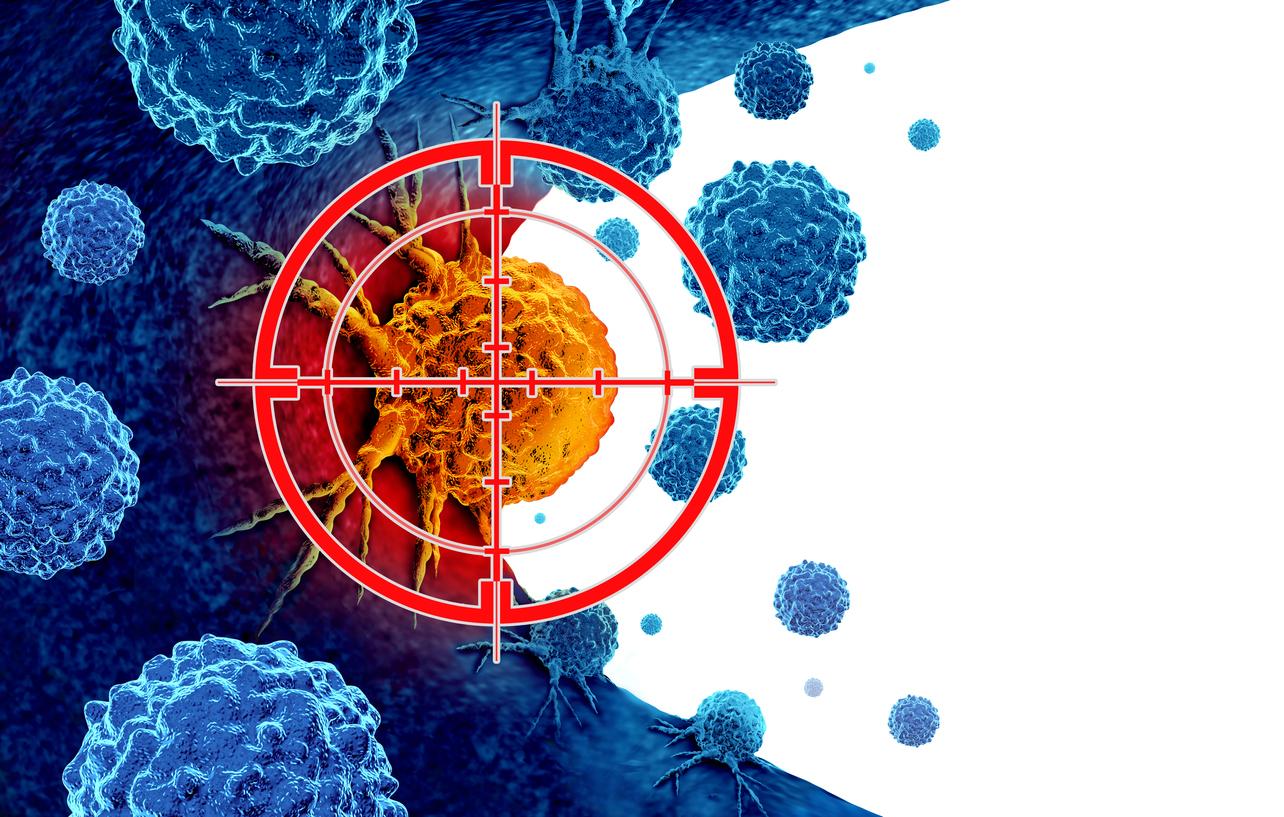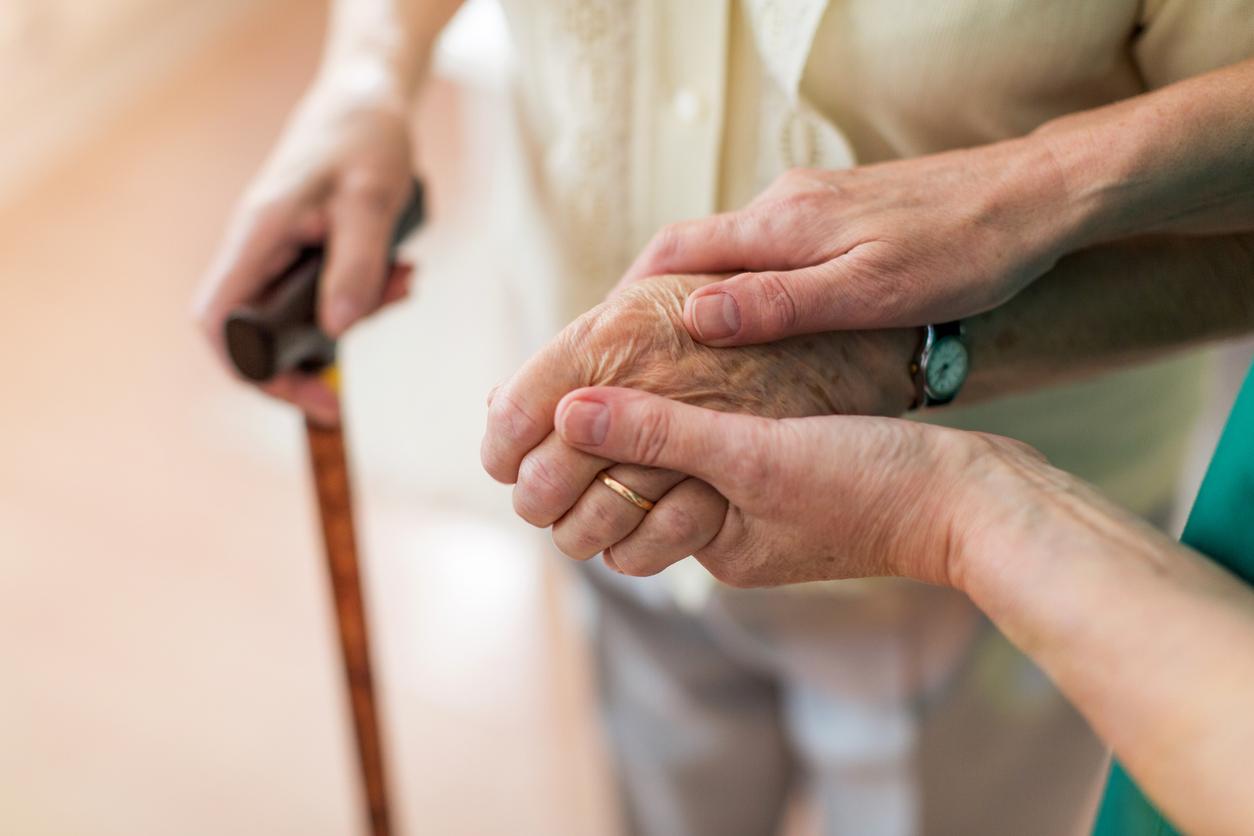
Quick intervention is important
Whether or not you get skin cancer is usually not in your control. All you can do is protect yourself from the sun and check your skin for weird spots. With prompt intervention, it can often be cured.
Skin cancer is becoming increasingly common in the Netherlands. About 40,000 Dutch people are confronted with it every year. It is the most common form of cancer and fortunately can be cured well with timely intervention.
First signs
Skin cancer mainly occurs on the face, ears, lips, neck and back of hands. The first signs are sudden sores that heal poorly, or wart-like lumps or patches of skin that itch, bleed easily, or change color and/or size. Always go to the doctor with such suspicious spots.
Types of skin cancer
The two most common types of skin cancer are basal cell carcinoma and squamous cell carcinoma. They mainly develop in old age in places where sunlight can reach the best, such as the face. Basal cell carcinoma and squamous cell carcinoma are the least dangerous forms of skin cancer.
There are also melanomas. These can arise in troubled moles or spontaneously arise in normal skin. Not only does this tumor grow in the skin, but it can also spread to other parts of the body, via the lymph nodes.
Birthmark or Melanoma?
More and more people with a melanoma are curing these days. Especially people who catch it quickly have a good chance of recovery. In order to intervene in time, it is important that you regularly check the spots on your skin.
Therefore, learn to recognize them, so that you know what is changing in your skin. Troubled moles can be distinguished from normal moles by the ABCDE rule: Asymmetry, Border, Color, Diameter, Elevation.
A stain is suspicious if it meets one or more of the following properties:
- Asymmetry
If the spot has a point or a skewed curve. - border
Irregular limitation. Normally, a mole is regularly round, but as soon as the spot becomes erratic in shape, something may be wrong. - color
The color of the birthmark. If it changes (it suddenly becomes very dark, red, purple, blackish or mixed colors) that is a suspicious sign. - Diameter
Birthmarks that are larger than half a centimeter in diameter should be checked regularly by a specialist. - elevation
The English word for exalted. When a mole becomes thicker, if lumps appear or dimples appear.
These signs are a good reason to make an appointment with your doctor. Still, not every troubled mole with these features is necessarily a melanoma. Your doctor can help you with the diagnosis.
Unfortunately, skin cancer apps don’t work to identify suspicious spots as skin cancer, a recent study in the BMJ found.
Skin cancer and the sun
Skin cancer can arise spontaneously or be hereditary (you run a higher risk if more than one family member has had a melanoma). In addition, it can be caused by UV radiation. It is therefore important to be very careful with the sun. Make sure that you do not spend too long in the bright sun and that you protect yourself well with clothing or sunscreen.
Treatment
In most cases, skin cancer is easy to treat. The treatment of skin cancer depends on the type of skin cancer, the location and size of the tumor, your age and general condition and your personal wishes and circumstances.
Squamous cell carcinoma usually only involves surgery or radiation. Treatment for a basal cell carcinoma may include surgical removal, liquid nitrogen freezing, burnout, radiation therapy (radiation therapy), or photodynamic therapy (a type of light therapy).
The treatment of a melanoma always starts with the removal of the entire suspicious spot. Based on the thickness of the tumor, the doctor assesses whether further skin needs to be removed. In most cases, the melanoma can be removed in its entirety.
If there are no metastases, follow-up treatment is often not necessary. Sometimes, however, there are metastases in the lymph nodes, in which case the lymph nodes concerned are removed for examination and an additional treatment with radiation or chemotherapy can be chosen.

















